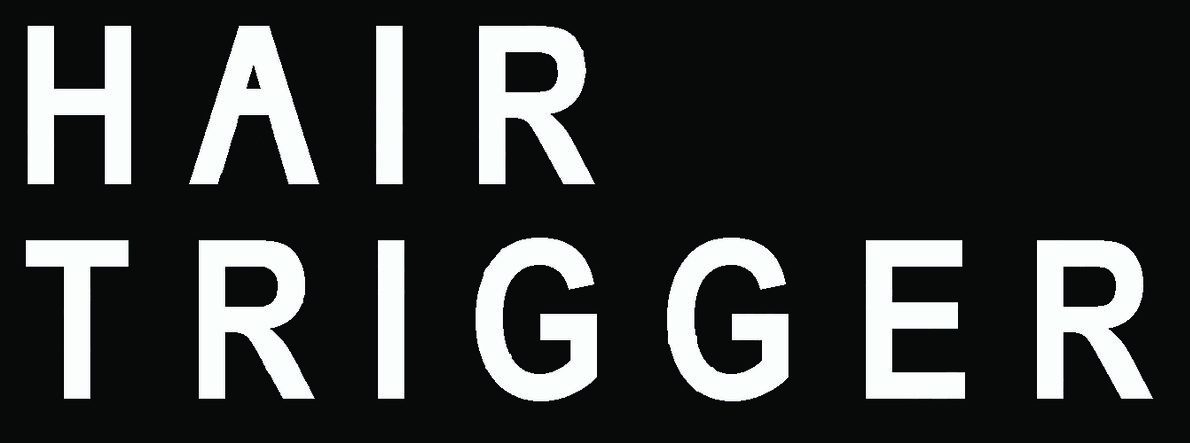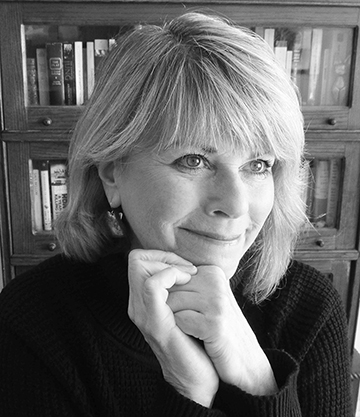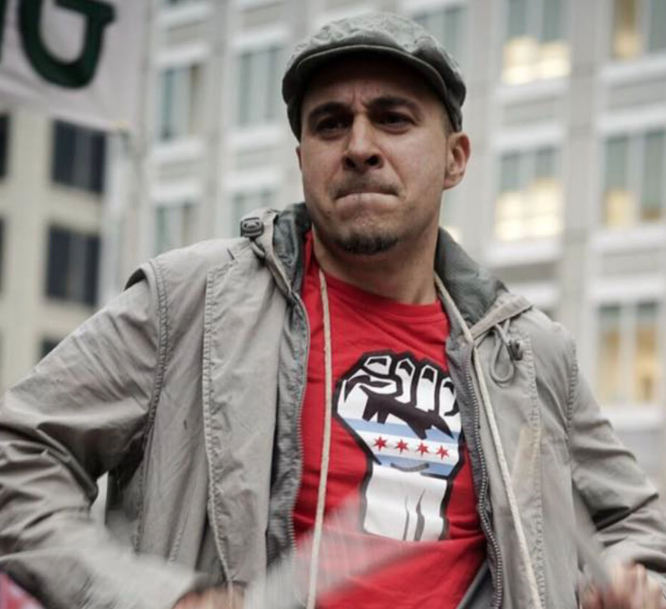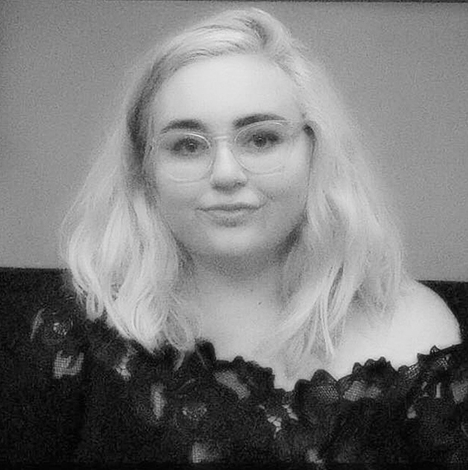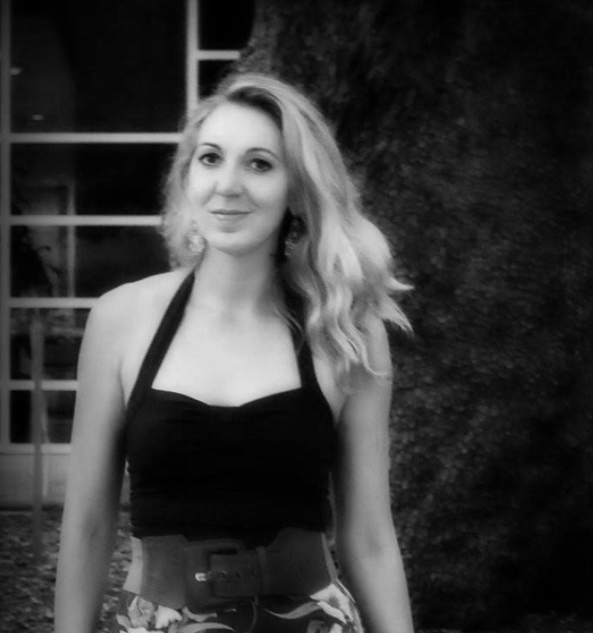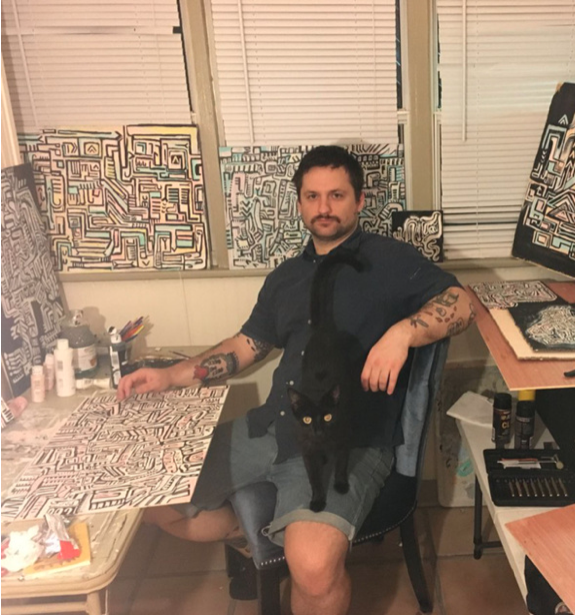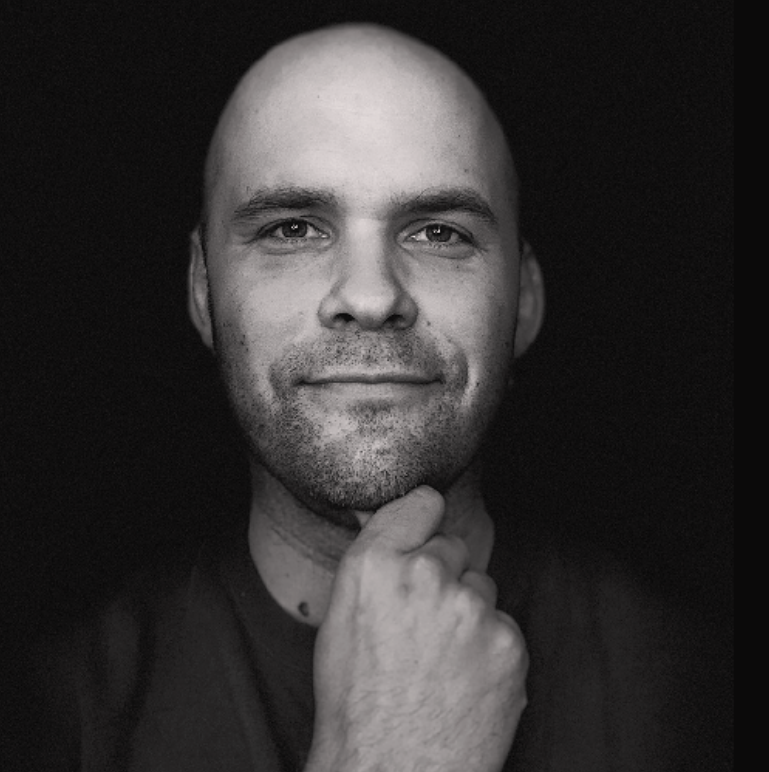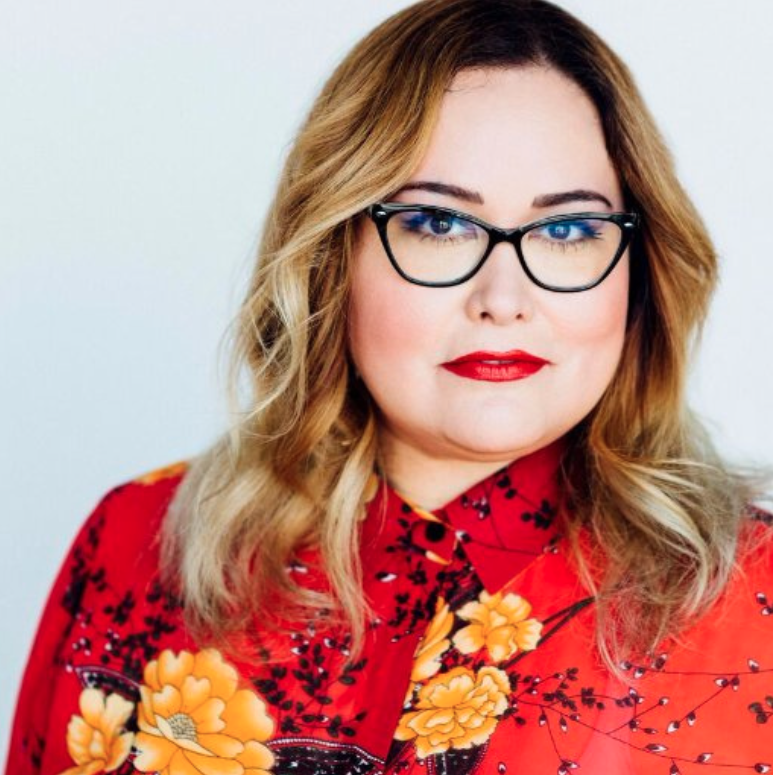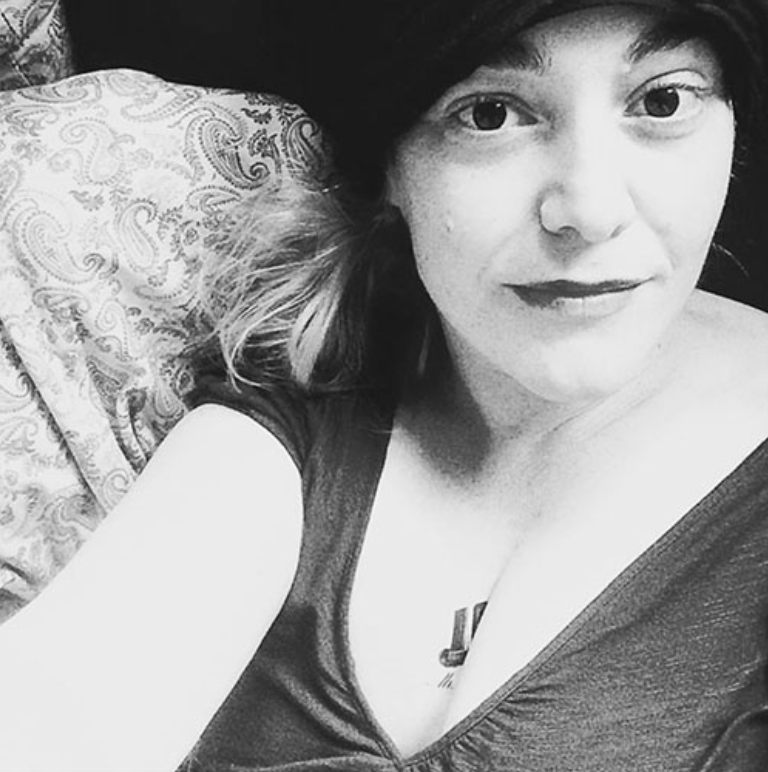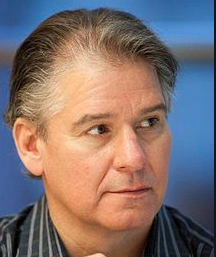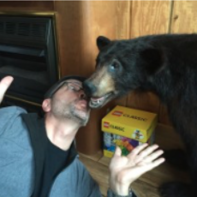On her book, These Are the Good Times: A Chicago gal riffs on death, sex, life, dancing, writing, wonder, loneliness, place, family, faith, coffee and the FBI (among other things)
Patricia Ann McNair talks about her most recent book of essays about death, sex, life, dancing, writing, wonder, loneliness, place, family, faith, coffee, and the FBI (among other things). Patricia Ann McNair’s most recent book is an essay collection called And These Are the Good Times: A Chicago gal riffs on death, sex, life, dancing, writing, wonder, loneliness, place, family, faith, coffee and the FBI (among other things.) Her short story collection, The Temple of Air, was awarded Book of the Year by Chicago Writers Association and Southern Illinois University’s Devil’s Kitchen Reading Award. She is the director of undergraduate programs in creative writing at Columbia College Chicago.
I first met Patricia Ann McNair in class, as my professor teaching advanced fiction, but her reputation preceded her. I was excited to be in her class and learn from her, and she has far exceeded my expectations. Interviewing her in tandem with being in her workshop class has allowed me to see the multi-faceted talent that she is; both teacher and writer. I interviewed her about her newest book of nonfiction essays, AND THESE ARE THE GOOD TIMES: A Chicago gal riffs on death, sex, life, dancing, writing, wonder, loneliness, place, family, faith, coffee, and the FBI (among other things). If you think the title says it all, just wait until you read the book itself and what Patricia Ann McNair has to say about it.
*
Your book AND THESE ARE THE GOOD TIMES: A Chicago gal riffs on death, sex, life, dancing, writing, wonder, loneliness, place, family, faith, coffee, and the FBI (among other things) truly does address all the things that it promises in the title. How did you decide what you wanted to put into this book?
I probably think about each of these topics at least once a day, and many of them overlap for me. I find loneliness in many places, drinking coffee, thinking about the death of family and friends. These things, too, fill me with wonder, and wonder leads me to the writing. Dancing and faith come from the same impulse the way I see it, and my family, father, especially, but not only, has a complicated relationship to the FBI. You get what I am trying to say here. To me, these “riffs” are interlaced in many ways. As I was collecting them (and one might say this is more a book of collected essays or riffs, as opposed to a collection of essays, which is often more focused and deliberately circles one or two themes and not more than a dozen as my book does), it was almost harder for me to choose things to leave out than to put in. They all seemed linked to me, they repeat a lot of the same defining moments from my life, but switch up the vantage point some.
Most of these pieces have been published, some in more than one place, a few have garnered some awards. When I finally started to collect them in one place, I had a lot of arranging and rearranging to do, and a few holes to fill with new essays written specifically for the book (“Roger the Dodger,” about my grief and guilt over my brother’s death and life, is one of these) and then I went back to my subtitle (“A Chicago gal…”) and added and subtracted from that until I felt as though I pretty much covered everything with it. Still, the “among other things” allows me even more latitude, because to me, a good essay cannot be boiled down to just one theme, one thing to be about. There has to be a broadening of the scope in an essay for it to gain resonance, the way I see it. And that sort of opening, discovery, possibility, is always what I am trying to achieve.
In a few essays from the book, you say they were written in the late 90s—what was it about these essays and these topics that you kept coming back to?
I first started to explore creative nonfiction in the 1990s. I didn’t know what it was before that; I thought nonfiction was just sort of history and journalism, literary criticism (that I had no patience for) the epiphanic personal essay that we studied in high school and freshman comp and lit. Nonfiction (even creative nonfiction, a name that a lot of nonfiction writers do not approve of, but I like) can be those things—history, journalism, criticism, personal essay—and more, and that is appealing to me. I had a few things happen in my life—mostly to do with my early years and family—that I carried with me all the time, and rightly so. I don’t mean this in any sort of victim mentality, or let-me-tell-you-about-this-bad-childhood-I-had kind of way, but events that I would think about, look at, consider in relation to who I am now, wonder at how they formed me. My father’s death when I was a girl, a summer I spent in Honduras as a volunteer when I was 17. Losing my virginity, coming from a religious family whose religion pretty much stopped with the generation before my parents. Who wouldn’t think of these things if they experienced them.
As part of my day job as a professor at Columbia, I was on a committee that did research on Creative Nonfiction as a potential course for our students, and the more I read about it and of it, the more I realized that it would allow me to explore these things from my own experience in ways my fiction wouldn’t. And even so, you would be able to spot similar topics or ideas in my fiction as you can in my nonfiction (absent fathers, complicated families, faith) because these are the things that I think about. Always. They are part of my DNA, I guess. New things are added to my wonder, to my mulling over, but a few things—like those topics of my early pieces—are always there, hanging out in the corners.
What did you learn from writing and publishing your first book, the collection of short stories titled The Temple of Air, that you utilized while writing and publishing your new book?
The Temple of Air is much more linked than these essays are. The stories are not totally dependent on one another, but if you read them all in the order in which I organized them, you would see the logic of the book as a whole, would learn more about the recurring characters. And from the beginning I knew that I was working on—if not a novel in stories, because it isn’t quite that—then a linked story collection. Each piece in there was written with the others in mind. And These Are the Good Times, with few exceptions, was written piece by piece, meant to stand on its own. That made it a little hard for me when I started to envision this collection, because my only experience with my own book-making was to be ultimately very purposeful in the way I built one thing onto another. I don’t mean that I wrote the stories one after another as they appear in the collection, but I did always think about how they would work together.
When I started to think that these nonfiction pieces could be a book, I had to let loose in a way that sort of mirrors the writing of an essay. Meaning, this thing does not precisely inform this next thing, this is not exactly about the same thing. I think of this book as more scattershot, ultimately, than my collection of stories is. I go back to that idea of “among other things.”
I think what I’ve said so far here is what I learned while writing the stories was not so useful to me while writing And These Are the Good Times. What has been useful to me, is always useful to me, is relying on my sense of story, my devotion to narrative. I am not so much an idea writer as I am a story writer, and from the stories I tell—in my nonfiction, especially—I come to understand the ideas I am exploring. I don’t understand everything about them, I don’t really come to conclusions, but I do begin to understand the questions they pose.
And publishing—well, I had a fabulous experience working with the independent publisher Elephant Rock Books for The Temple of Air. Very hands-on. And that prepared me for this one, too, working with another fine indie publisher, Side Street Press. It is a very collaborative experience, and one I understand I need to jump into wholeheartedly, because that is what I had to do the first time. This means packing books into my trunk and hitting the road occasionally, it means a lot of social media chatter (much more so than even six years ago with the first book), it means recognizing that I have to feel responsible for the business side, too, not just the fun part, the creative side.
Your first essay in the collection, “And These Are the Good Times,” talks about your love of jukeboxes. Theoretically, if you were stranded on an island with one jukebox that only had three songs in its library, what would they be? (You would, of course, have unlimited dimes on this island to play the songs.)
Wow, fun question! And you know that if you asked me this same question in a couple of days, the answer would probably change, but I will try. First would be Frank Sinatra singing Jerome Kern’s “All the Things You Are” because that was the song my dad used to sing to me. The second would be “Trista Pena” by the Gipsy Kings. Sad pain. Because I love Latin rhythms and the amazing vocals in this song. And this piece is achingly beautiful, it creates in me (and probably others) an emotional response I would love to be able to capture in my writing. Like, this hurts, but pain can be lovely, too. Lastly, it would have to be disco song, because disco is so much part of my young adulthood, my formative years. Maybe “Young Hearts Run Free” by Candi Stanton, but played really fast. It would make me move and would make me happy. You know, you can go into a grocery store in just about any part of the world, and if they are playing music, they are probably playing American disco. Maybe because of what I said—it can make you happy, and something as tedious as buying potatoes and dishwashing liquid can be sort of fun if you are happy.
In the essay “Coyote on the Sidewalk” you wrote: “That coyote, I thought, unexpected and slightly exotic on the city sidewalk, was going to be a metaphor for the wild possibilities in even the most pedestrian (sidewalk, get it?) of stories…. But as happens with all of my writing, I don’t really know what it is about until I have written it. So let me see.” That essay continues on to contemplate its own meaning, unplanned. What part of your book surprised you the most, and why?
Perhaps it is the brief memoir piece “Dentist Day,” about when I was in Honduras at 17. This was a story I wrote as fiction about a real experience in my very first writing class at Columbia College Chicago in the 1980s. It surprised me that I would come back to it almost thirty years later, and that it would still be as vivid to me in my memory now as it was so much closer to the event. And who knows if that is because the memory is accurate in its vividness, or if it is the time and distance that allows me to recreate the memory in a newly aware sort of vibrancy. In any case, it feels real and recent to me, the way I see the clinic where I worked in my mind’s eye, the smells of the place, the people. I know that the writing of the experience moved it from the past to the present for me, the lens drew things closer, I could see better.
Lastly, do you have any plans for your next project?
I am at work on a novel now. In what I hope to be the very nearly final draft of it. Climbing the House of God Hill. It is set in the same fictional small town as The Temple of Air is, and it is told through multiple voices and points of view. I am working with characters in first person in a way I haven’t before, and it is an exhilarating challenge for me. Fingers crossed I am on the right path.
Interview by Zoe Raines
Keyword/Tags: Patricia Ann McNair, And These Are the Good Times, Chicago, Death, Sex, Life, Dancing, Writing
